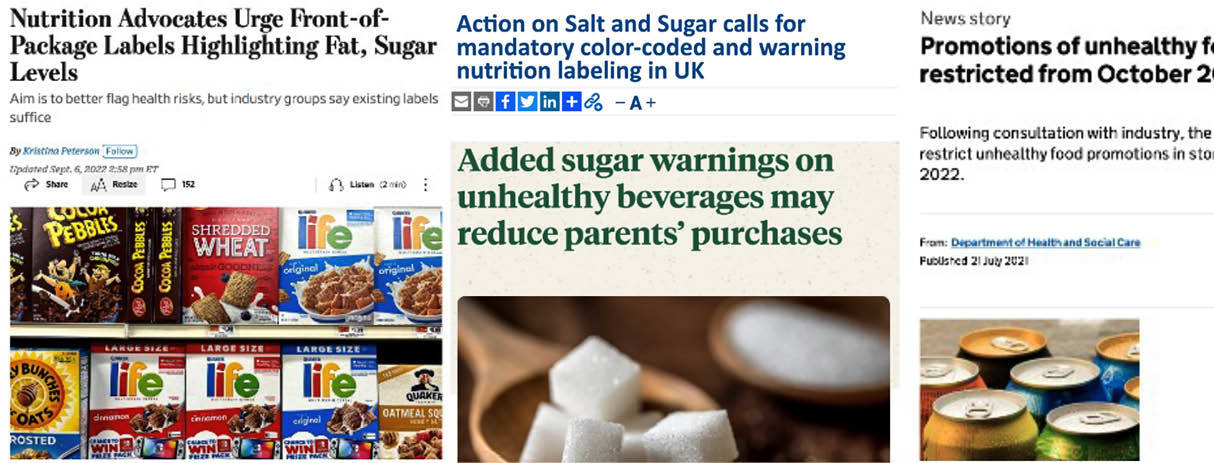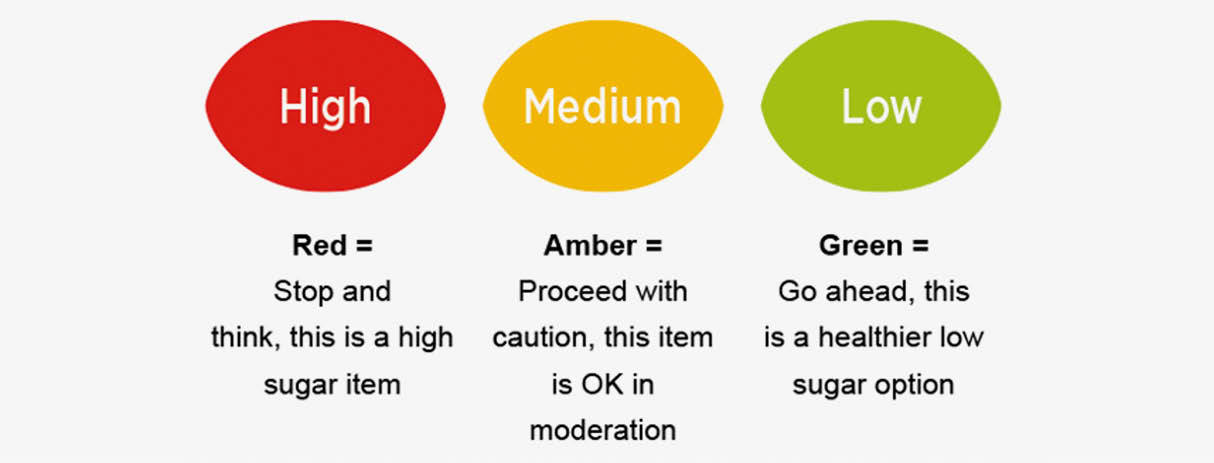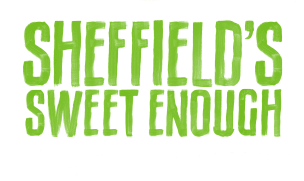For years, unhealthy food and drinks have been strategically placed in our supermarkets and labelled with claims, such as ‘high in protein’ and ‘source of fibre’, which make us believe they’re good for us. For example, some cereal bars seem healthy based on their packaging, but actually may deceptively contain a lot more sugar than you realise!
Pressure from campaigners finally saw the Government introduce restrictions on promoting items that are high in saturated fat, salt, and sugar (HFSS) from October 2022.

Since then, nutrition advocates have continued to call for clearer labelling on front of packs and mandatory colour-coding, known as the traffic light system, to help people identify unhealthy foods. We’ve come a long way, but packaging can still be confusing. Here are our 3 top tips for spotting sugars in nutrition information to help you choose healthier alternatives when shopping.
1. Remember 30g is the maximum daily limit
Keep in mind, anyone over the age of 11 is only supposed to consume a maximum of 30 grams of sugar per day according to the NHS. This doesn’t take into account naturally occurring sugars you find in fruit (fructose) and milk (lactose). The 30-gram daily limit is based on the added sugar you consume from sweet goods such as biscuits, cakes, chocolate, ready meals, and fizzy drinks. To give you an idea, a 500ml bottle of Coca Cola contains 53grams of sugar which is already nearly double the maximum amount!
| Age | Daily limit in teaspoons | Daily limit in grams | Equivalent to (approx.) |
|---|---|---|---|
| 0-3 years old | 0 | 0g | Fruit, veg, milk |
| 4-6 years old | 4.5 | 19g | 50g frosted flakes |
| 7-11 years old | 5.5 | 24g | 1 doughnut |
| 11+ years old (including all adults) | 7 | 30g | Half 500ml bottle of cola |
2. Look out for “of which sugars” column
Sugar is typically labelled as carbohydrate (of which sugars). It’s worth remembering that nutritional content must be listed in order of weight, from high to low. So, the main ingredients in the packaged food will always come first. This means that if you see ‘sugars’ high on the list, the item contains a lot of sugar. Again, it’s added sugar you want to watch out for, not naturally occurring sugars.
3. Check the portion size!
The traffic light system can be useful to quickly work out sugar content at a glance. In general, red indicates high sugar, amber is medium and green is low. However, it’s important to check the packaging and its recommended portion size. If their grading is based on a 30gram portion, but you actually eat 50grams, this may mean you’re consuming more sugar than you think.
Also, be sure to look for mostly greens and ambers across the board as salt and fat also need to be consumed in moderation.

Of course, some foods aren’t labelled, such as fresh fruit, vegetables, and eggs. However, these tend to be healthy ingredients that only contain naturally occurring sugars. It’s worth noting, however, that when fruits or vegetables are juiced more sugar is released. It’s always best to eat whole ingredients to ensure you get the maximum nutritional content. Also, be mindful of any meat or fish purchased from deli counters in a sauce or marinade, especially sweet chilli, or BBQ, as these will also contain added sugar.
Check our guide for more information on reading food labels and get more top tips at:
